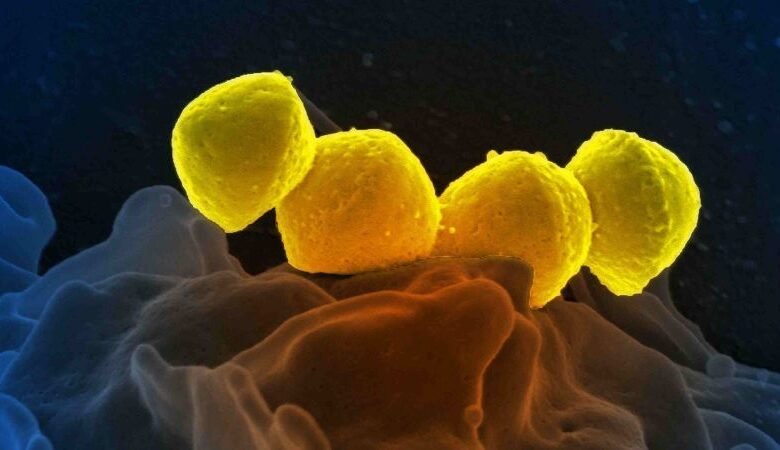STSS: Japan reports record spike in potentially deadly bacterial infection

CNN
—
Cases of a dangerous and highly fatal bacterial infection have reached record levels in Japan, official figures show, with experts so far unable to pinpoint the reason for the rise.
As of June 2, Japan’s Health Ministry had recorded 977 cases of streptococcal toxic shock syndrome (STSS), which has a mortality rate of up to 30%. Some 77 people have died from the infection between January and March, the latest figures available.
The ongoing outbreak in Japan has already surpassed last year’s previous record of 941 preliminary infections – the highest since statistics began in 1999. Japan’s National Institute of Infectious Diseases reported 97 deaths due to STSS last year, the second-highest number of fatalities in the past six years.
STSS is a rare but serious bacterial infection that can develop when bacteria spread into deep tissues and the bloodstream. Patients initially suffer from fever, muscle pain and vomiting but symptoms can quickly turn life threatening with low blood pressure, swelling, and multiple organ failure as the body goes into shock.
“Even with treatment, STSS can be deadly. Out of 10 people with STSS, as many as three people will die from the infection,” according to the US Centers for Disease Control and Prevention (CDC).
Most STSS cases are caused by the group A streptococcus (GAS) bacteria, which mainly produces fever and throat infections in children. In rare circumstances, strep A can become invasive when bacterium produces a toxin that enables it to gain access to the bloodstream, causing serious illnesses such as toxic shock.
Strep A can also cause “flesh-eating” necrotizing fasciitis, which can lead to loss of limbs. However, most patients who contract that disease have other health factors that may lower their body’s ability to fight infections, such as cancer or diabetes, according to the CDC.
Invasive group A strep infections were largely curbed by Covid-19 controls, such as masking and social distancing, but after those measures were relaxed many countries reported a rise in cases.
In December 2022, five European countries reported to the World Health Organization an increase in invasive group A streptococcus (iGAS), with children under 10 the most impacted. The CDC said it was also investigating an apparent increase in the disease at the time.
In March, Japanese authorities warned of a jump in STSS cases. Japan’s National Institute of Infectious Diseases released a risk assessment saying the number of STSS cases caused by iGAS “has increased since July 2023, especially among those under 50 years of age.”
The CDC says older people with an open wound are at increased risk of contracting STSS, including those who have recently had surgery.
“However, experts don’t know how the bacteria got into the body for nearly half of people who get STSS,” the CDC said on its website.
The reason for this year’s rise in cases of STSS in Japan remains unclear, according to Japanese public broadcaster NHK.
Professor Ken Kikuchi, of Tokyo Women’s Medical University, told NHK the rise could be due to people’s weakened immune systems following Covid.
“We can boost immunity if we are constantly exposed to bacteria. But that mechanism was absent during the coronavirus pandemic,” Kikuchi said. “So, more people are now susceptible to infection, and that may be one reason for the sharp rise in cases.”
Source link




